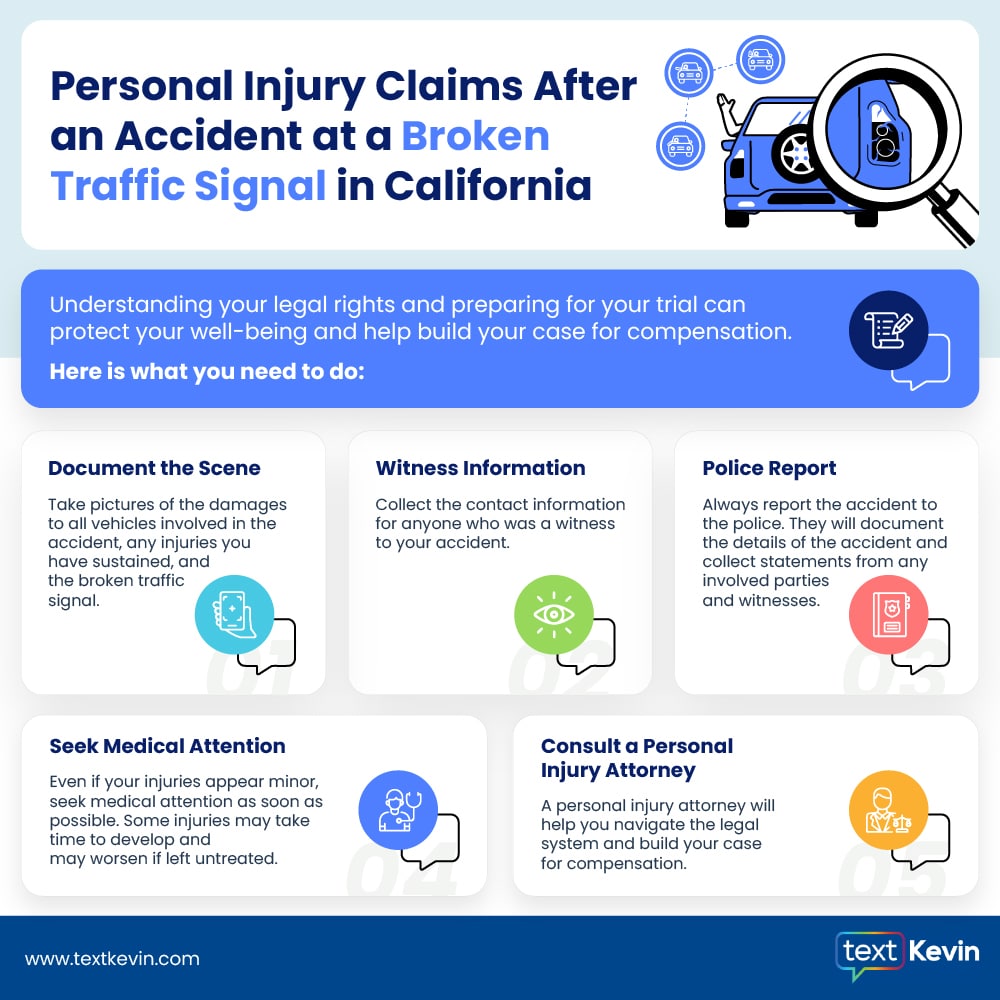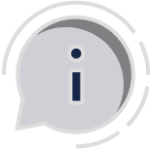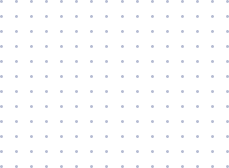Come to a complete stop as if facing a red light, treat the intersection as a four-way stop, and yield to vehicles and pedestrians according to right-of-way rules.
Many California drivers are all too familiar with the sinking feeling in their stomachs as they approach an intersection only to realize the traffic lights are broken. The once-orderly traffic flow becomes a chaotic guessing game, and the risk of devastating accidents skyrockets.
That’s where this comprehensive guide comes in handy. We’ll arm you with the knowledge and tools to navigate these precarious situations confidently, ensuring your safety and protecting your rights in the unfortunate event of an accident. Let our legal team hold your hand.
Understanding California traffic laws for broken traffic signals
A malfunctioning traffic signal isn’t just an inconvenience; it transforms an intersection into a potential danger zone. Understanding the specific California traffic laws that govern these situations is crucial for your safety and key to protecting your legal rights if an accident occurs.
The cornerstone of navigating intersections with broken traffic signals in California is Vehicle Code (CVC) Section 21800. This law unequivocally states that the intersection automatically becomes an all-way stop when a traffic signal is out of order.
Essentially, every vehicle approaching the intersection from any direction must come to a complete stop before proceeding. Everyone stops; it doesn’t matter which lane you’re in or what direction you’re going. If it’s a four-way intersection, it becomes a four-way stop.
Right-of-way Rules apply
Once everyone has stopped at the broken signal, the right-of-way rules come into play. These rules are designed to establish a transparent and predictable order for vehicles to proceed, minimizing the risk of collisions.
- First to Arrive, First to Proceed: The vehicle that reaches the intersection and comes to a complete stop has the right to go first.
- Simultaneous Arrival, Yield to the Right: If two or more vehicles arrive at the intersection simultaneously, the car on the right has the right of way.
- Turning Traffic Yields to Straight-Through Traffic: Vehicles turning must yield to vehicles going straight through the intersection.
Note
Understanding these laws is crucial for legal reasons beyond ensuring safe traffic flow. If you’re involved in a car accident at a broken traffic light and another driver fails to adhere to these rules, it strongly indicates their negligence. This can be crucial in establishing liability and pursuing a personal injury claim if you are injured.
Failing to yield right-of-way or not stopping at an intersection with a broken traffic light can result in a traffic citation and potentially costly legal consequences. More importantly, it significantly increases the risk of accidents, which can lead to severe injuries, property damage, and even loss of life.
Your step-by-step guide to safely navigating a broken traffic signal
Power outages can plunge intersections into darkness and confusion. Every intersection becomes a four-way stop when traffic lights go out, flashing red or completely dark. This means:
- Stop entirely at every entrance to the intersection.
- Look carefully in all directions for other vehicles, pedestrians, and cyclists.
- Proceed only when it is your turn and it is safe.
Flashing Lights & First Responders:
- A flashing red light means “stop.” Treat it the same as a stop sign.
- If emergency personnel are directing traffic, their instructions override any traffic signals. Always follow their guidance.
Safety First:
- Slow down and be extra cautious. Power outages often lead to unexpected situations.
- Watch for pedestrians and cyclists. They may be harder to see in the dark.
- Stay calm and be patient. Everyone is navigating the same challenges.
Slow down and prepare for the unexpected
As you approach the intersection, gradually reduce your speed. This gives you ample time to assess the situation, anticipate potential hazards, and react appropriately. Remember, a broken traffic light means entering an unpredictable environment where extra caution is essential.
Come to a Complete Stop
Before you reach the intersection line or crosswalk, bring your vehicle to a complete stop. This lets you see the intersection, check for pedestrians or cyclists, and determine the right of way before proceeding. Avoid stopping in the middle of the intersection, as this can obstruct other drivers and increase the risk of a collision.
Look left, right, and left again,
Check for oncoming traffic, pedestrians, or cyclists. Also, remember to check your blind spots, as other vehicles may be hidden from your direct line of sight. Be especially cautious of motorcycles and bicycles, which are smaller and more challenging to see.
Yield Right of Way:
The right-of-way rules at a broken traffic signal are essential for maintaining order and preventing accidents:
- If you arrive first, Proceed with caution. After coming to a complete stop and ensuring it’s safe, you may proceed through the intersection.
- Simultaneous Arrival: If you and another driver arrive at the intersection simultaneously, yield to the driver on your right. If the other driver is to your right, allow them to proceed first.
- Other Cars Are Stopped: If other vehicles are already stopped at the intersection, wait your turn based on the right-of-way rules. The first vehicle to arrive gets to go first, followed by the next in line.
- Even when you have the right of way, proceed slowly and cautiously through the intersection. Be prepared to stop if another driver fails to yield or a pedestrian unexpectedly enters the crosswalk. Maintain a safe following distance from the vehicle in front of you to give yourself enough time to react in case of sudden braking.
Additional considerations when approaching a broken traffic signal in California
When a traffic signal is out at a multi-lane intersection, treat it as a four-way stop, regardless of the number of lanes. Here’s how right-of-way applies
Multi-lane intersections
- First to Arrive: The first vehicle to come to a complete stop has the right-of-way.
- Simultaneous Arrival: If two or more vehicles stop simultaneously, the car to the right has the right-of-way.
- Different Lanes: Vehicles in the same lane proceed in turn. If vehicles in different lanes arrive simultaneously, the car furthest to the right has the right-of-way.
Uncontrolled intersections
A broken signal differs from an intersection with no signals:
- Broken Signal: If there’s evidence of an existing signal (poles, hanging wires, etc.), treat the intersection as a four-way stop.
- Never Signalized: The intersection is uncontrolled if no signs of a previous signal exist. Yield to vehicles already in the intersection or to your right. If two cars arrive simultaneously, the vehicle on the right has the right-of-way.
Power outages
Multiple traffic signals may be out during widespread power outages. Treat each affected intersection as a four-way stop, proceeding cautiously and yielding as needed.
Construction zones
In work zones, flaggers can override standard right-of-way rules. Follow their directions even if they contradict existing signage or typical right-of-way.
Nighttime driving
It’s harder to notice a broken signal at night. Approach intersections cautiously, especially if the signal seems unusually dim or completely dark. Reduce your speed, scan for other vehicles, and be prepared to stop.
- Pedestrians: Always yield to pedestrians, regardless of signal status or right-of-way.
- Emergency Vehicles: Pull over and stop for emergency vehicles with flashing lights and sirens, regardless of the traffic signal.
- Malfunctioning Signals: If a signal malfunctions (e.g., showing conflicting signals), treat it as a four-way stop.
- Report Issues: Report malfunctioning or broken signals to the appropriate authorities immediately.
Understanding these unique scenarios and exercising caution allows you to navigate broken traffic signals safely and efficiently, even in complex situations.
Pro tip
Caltrans has released an informative video demonstrating the proper procedures to help drivers understand how to navigate intersections during blackouts safely. Following these guidelines and staying alert can help keep our roads safe during unexpected power outages.
Encountering a broken traffic light can be unnerving, but you can navigate the intersection with these steps to ensure your safety and the safety of others on the road.
Personal injury claims after an accident at a broken traffic signal in California
Accidents at malfunctioning traffic signals can lead to severe injuries, including injuries such as catastrophic injury, traumatic brain injury, burn injury, spinal cord injury, and wrongful death in case of tragic accidents.
Understanding your legal rights and taking the proper steps can protect your well-being and ensure you receive fair compensation for your losses. Here’s what you need to do:
Documenting the scene
Capture images of the broken traffic signal, the entire intersection (including any traffic control devices), damage to all vehicles involved, and any visible injuries you sustained. Photos serve as compelling visual evidence of the scene’s condition and can be crucial in proving liability.
Witness information and police report
Get contact information from any witnesses who saw the accident. Their testimonies can be invaluable in corroborating your account of events and establishing fault.
Always report the accident to the police. The police report will document the accident details, including the officer’s observations and any statements from involved parties and witnesses.
Seeking medical attention
Seek medical attention promptly, even if you feel your injuries are minor. Some injuries may not manifest symptoms immediately; a medical evaluation can help identify and treat hidden conditions.
Ensure that all your injuries, symptoms, and treatments are documented in your medical records. These records are critical evidence in proving the extent of your injuries and the associated medical costs.
Consult a personal injury lawyer
Personal injury attorneys specialize in navigating the complexities of accident claims. We understand California’s traffic laws, insurance regulations, and the legal procedures for pursuing compensation.
Seeking maximum compensation after an accident means accounting for all losses, including:
- Medical Bills: Costs for immediate treatment, ongoing care, rehabilitation, and future medical needs resulting from your injuries.
- Lost Wages: Compensation for income lost due to your inability to work, including current and future earning capacity.
- Pain and Suffering: Monetary compensation for the physical pain and emotional distress caused by the accident and your injuries.
- Other Damages: This can include property damage, loss of enjoyment of life, and punitive damages in cases of gross negligence or intentional harm.

Statute of limitations
In California, you generally have two years to file a personal injury lawsuit from the accident date. Consulting an attorney early on ensures your claim is filed within the legal timeframe.
California follows a pure comparative negligence system, meaning you can still recover damages even if you were partially at fault for the accident. Your compensation will be reduced based on your degree of fault.
Tip
An attorney will investigate the accident, gather evidence, and assess liability. If another driver’s negligence contributed to the accident, your attorney can help establish their fault. We will work tirelessly to negotiate with insurance companies or, if necessary, litigate in court to secure your rights.Protecting your rights after a car accident involves prompt action and informed decision-making. By documenting the scene, seeking medical attention, and consulting a personal injury lawyer, you can safeguard your well-being and pursue the justice and compensation you deserve.
Contact us today, we want to help you.
Navigating a broken traffic signal in California requires heightened awareness and adherence to specific rules. When encountering a malfunctioning or non-functional traffic signal, treat the intersection as a four-way stop, yielding to traffic as appropriate. Remember, safety always comes first.
If you are involved in an accident at a broken traffic signal, it’s crucial to document the scene thoroughly, seek medical attention promptly, and consult a personal injury attorney to understand your legal options. You can seek compensation for your injuries and losses if another party’s negligence caused the accident.
By following these guidelines and taking the necessary precautions, you can navigate broken traffic signals safely and protect your legal rights in the event of an accident.










